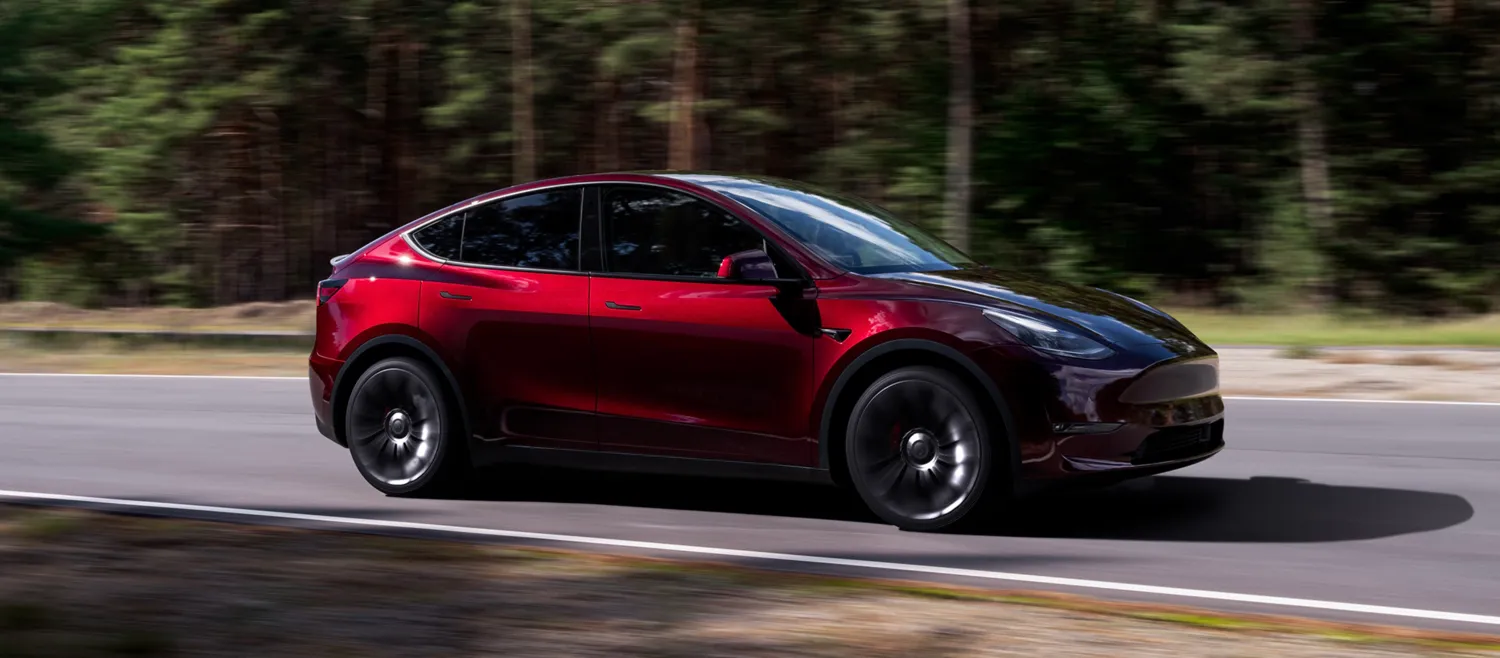Tesla, the electric vehicle (EV) giant led by Elon Musk, has recently adjusted its pricing strategy in a move that reflects the company’s ongoing efforts to navigate the complex global automotive market. In the United States, Tesla has increased the prices of certain Model Y vehicles by $1,000.
This adjustment specifically affects the Model Y rear-wheel drive and long-range models, now priced at $43,990 and $48,990, respectively. However, the price of the Performance variant of the Model Y remains unchanged at $52,490.
This price hike in the U.S. comes after a temporary price reduction on some Model Y vehicles that lasted until February 29, a strategy that Tesla had also applied in Europe and China to boost sales. The price adjustments are part of Tesla’s broader strategy to manage production efficiency and consumer demand, which, as Musk has noted, can be seasonal.
This balancing act is crucial for maintaining the company’s profitability, especially as it faces increased competition and the challenge of meeting consumer expectations in a rapidly evolving market.
In contrast to the price increases in the U.S., Tesla has offered price incentives in China, its second-largest market, to stimulate demand. Chinese consumers purchasing a rear-wheel drive Model 3 sedan or a Model Y SUV can qualify for an insurance subsidy of up to 8,000 yuan ($1,100), effectively lowering the starting price of these models.
Additionally, Tesla has provided financing plans with discounts on optional paint colors. These incentives are a response to the slower demand in China, where sales of new-energy vehicles fell 30% in January from December, according to data from the China Passenger Car Association.
Tesla’s pricing strategy reflects its adaptive approach to global market dynamics. In the U.S., the price increase for the Model Y could help improve the company’s margins, which have been under pressure due to a price war among EV makers aiming to capture market share.
Meanwhile, the incentives in China are an attempt to boost sales in a market that is crucial for Tesla’s global ambitions but is also becoming increasingly competitive with the rise of domestic EV manufacturers like BYD. BYD, which has surpassed Tesla as the world’s leading EV maker in the final quarter of 2023, has begun selling vehicles in Europe and is eyeing a potential entry into the U.S. market.
Tesla’s strategic pricing adjustments come at a time when the company is preparing for the future. In January, Tesla warned of “notably lower” sales growth this year as it focuses on the production of its next-generation electric vehicle, internally referred to as “Redwood.” This indicates that Tesla is not just reacting to current market conditions but is also positioning itself for long-term growth and competitiveness.
The global EV market is at a critical juncture, with consumer preferences, regulatory changes, and technological advancements shaping the industry’s future. Tesla’s recent pricing moves in the U.S. and China exemplify the company’s efforts to navigate these challenges while striving to maintain its leadership position in the EV industry. As the market continues to evolve, Tesla’s ability to adapt its strategies to different regional dynamics will be crucial for its ongoing success.












